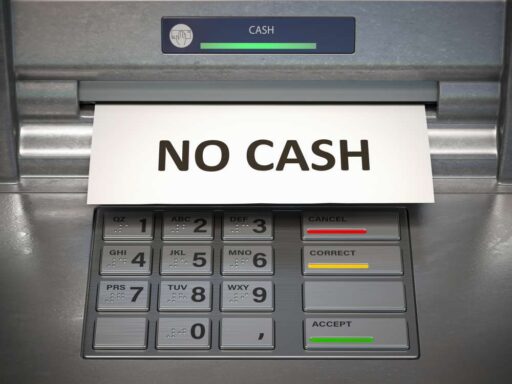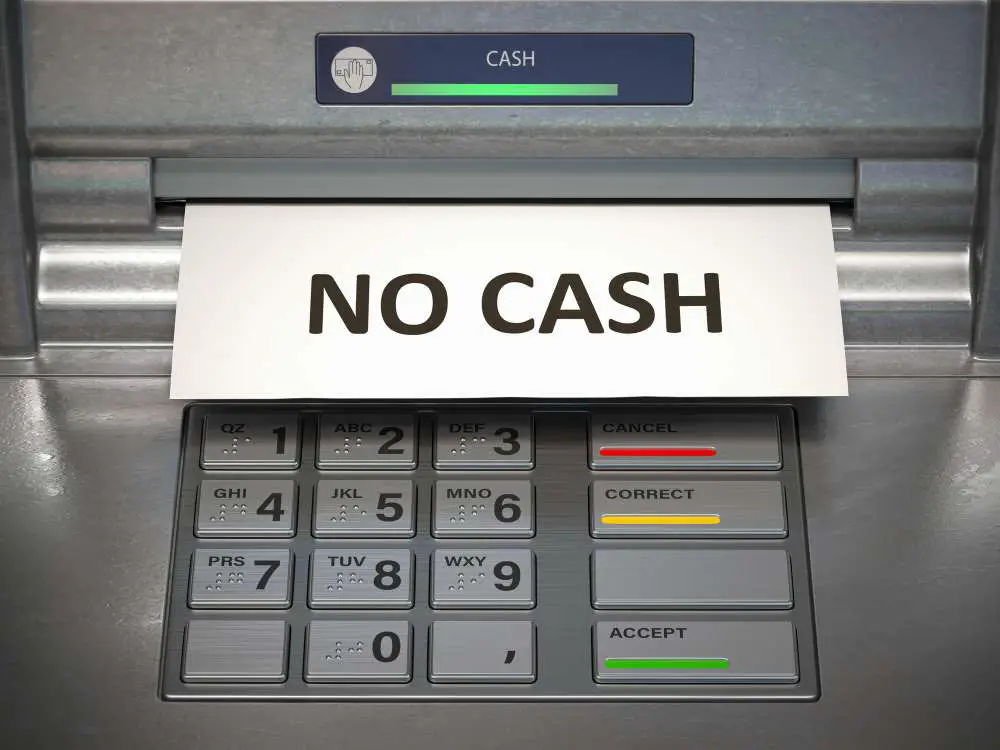In a rapidly evolving digital landscape, the banking industry in Australia is adapting to meet the needs of an increasingly cashless society. As consumers become more reliant on online and mobile banking services, traditional brick-and-mortar branches are facing unprecedented challenges. Australian banks are at the forefront of this transformation, implementing innovative technologies and strategies to streamline operations and enhance customer experience. This article will explore how Australian banks are embracing this shift towards a cashless society and what it means for the future of banking in the country.
The Rise of Digital Banking Platforms
- Australian banks are increasingly turning to digital banking platforms to cater to the growing demand for cashless transactions.
- These platforms offer customers the convenience of managing their finances from anywhere, at any time, using just a smartphone or computer.
- With features such as mobile payments, online account opening, and instant fund transfers, digital banking platforms are revolutionizing the way Australians interact with their money.
In response to this shift towards digital banking, traditional brick-and-mortar banks are updating their services to stay competitive in the changing financial landscape. By embracing technology and prioritizing user experience, these institutions are evolving alongside consumer preferences and paving the way for a more streamlined and efficient cashless society. As more Australians adopt digital banking as their primary mode of financial management, we can expect further innovations in this space that will continue to shape the future of banking in Australia.
Mobile Banking: The Future of Customer Convenience
- Banks in Australia are increasingly focusing on mobile banking services to cater to the needs of their tech-savvy customers.
- With features like easy account access, bill payments, and fund transfers at their fingertips, customers can manage their finances on-the-go.
- Advancements in technology have made mobile banking secure and user-friendly, ensuring a seamless experience for consumers.
In conclusion, mobile banking is revolutionizing the way Australians handle their finances. By embracing this convenient platform, banks are not only meeting customer expectations but also setting themselves up for success in a cashless society. As more people rely on smartphones for daily tasks, the future of banking lies in providing efficient and accessible mobile services.
Contactless Payment Technology: Changing the Game
- Australian banks are at the forefront of adopting contactless payment technology, revolutionizing the way we handle transactions.
- With a simple tap of your card or smartphone, you can make purchases swiftly and securely, without the need for physical cash.
- This convenient technology not only speeds up transactions but also enhances security measures to protect against fraud.
As more Australians embrace this cashless trend, it is evident that contactless payment technology is here to stay. Its ease of use and efficiency are reshaping traditional banking practices, making everyday transactions seamless and hassle-free. Australian banks’ commitment to innovation underscores their dedication to meeting the evolving needs of customers in an increasingly digital world.
Security Challenges in a Cashless Society
- Increased Cybersecurity Threats: With the rise of digital transactions, there is a higher risk of cyber attacks and data breaches. Hackers are constantly evolving their tactics to steal personal and financial information from unsuspecting individuals.
- Identity Theft Concerns: In a cashless society, where most transactions are done online or through credit/debit cards, there is a greater vulnerability to identity theft. Criminals can easily obtain sensitive data and use it for fraudulent activities.
- Lack of Physical Evidence: Unlike cash transactions that leave physical evidence like receipts, digital payments may not provide tangible proof of purchase. This could lead to disputes over transaction authenticity and make it harder to track fraudulent activities effectively.
Cybersecurity Measures in the Age of Cashless Transactions
- Encryption Protocols: Australian banks are implementing advanced encryption protocols to protect customer data during cashless transactions. This ensures that sensitive information, such as credit card details and personal identifiers, remains secure from cyber threats.
- Multi-factor Authentication: Another key cybersecurity measure is the use of multi-factor authentication systems. Customers are required to provide additional verification beyond passwords, such as fingerprint scans or SMS codes, adding an extra layer of security to their digital transactions.
- Continuous Monitoring: Banks are constantly monitoring their networks for any unusual activity that may indicate a potential security breach. By staying vigilant and proactive in detecting threats, they can quickly respond and prevent unauthorized access to customer accounts.
The Impact of Cashless Transactions on Business
- Increased Efficiency: Cashless transactions can streamline business operations by reducing the time and resources spent handling physical cash. With electronic payments, businesses can process transactions faster, leading to improved productivity and customer satisfaction.
- Enhanced Security: Moving towards a cashless society can enhance security for businesses by minimizing the risks associated with handling and storing cash. Electronic payment methods offer encryption and authentication features that protect sensitive financial information, reducing the likelihood of theft or fraud.
- Greater Access to Global Markets: Embracing cashless transactions allows businesses to expand their reach beyond local borders and tap into international markets more easily. Online payment platforms enable seamless cross-border transactions, opening up new opportunities for growth and diversification in a global economy.
Macquarie Bank to go completely cashless
Starting this month, Macquarie Bank will be implementing a fully digital approach and will no longer accept cash at its branches. This decision was initially announced in September of last year and will be gradually implemented until November 2024, when cash and cheque services will be phased out completely for all banking and wealth management products.
As of May 20, customers will no longer be able to order cheque or deposit books, and the bank’s partnership with NAB branches will also come to an end on November 1, meaning Macquarie customers will no longer be able to perform cash or cheque transactions at NAB branches. In response to Macquarie’s announcement, the four major banks assured their customers that in-branch cash services will still be available. However, some branches of Commonwealth Bank, NAB, and ANZ have already stopped accepting cash, and their efforts to discourage cash transactions have been met with criticism.
According to the Australian Banking Association (ABA), almost all customer interactions with banks now occur digitally, and the number of Australian bank branches has decreased by over 1600 between 2017 and 2022. The Reserve Bank states that the Covid pandemic has accelerated the decline in cash usage, with only 13% of payments being made in cash in 2022, a significant drop from 70% in 2007. Additionally, ATM use has significantly decreased in recent years, going from 78 million withdrawals in December 2008 to only 30 million in June 2023, according to data from the Australian Bureau of Statistics (ABS). The pandemic has also led to more businesses refusing to accept cash, although the overall acceptance rate for cash still remains high at 94% in June 2022, compared to 99% in February 2020, according to the RBA.










